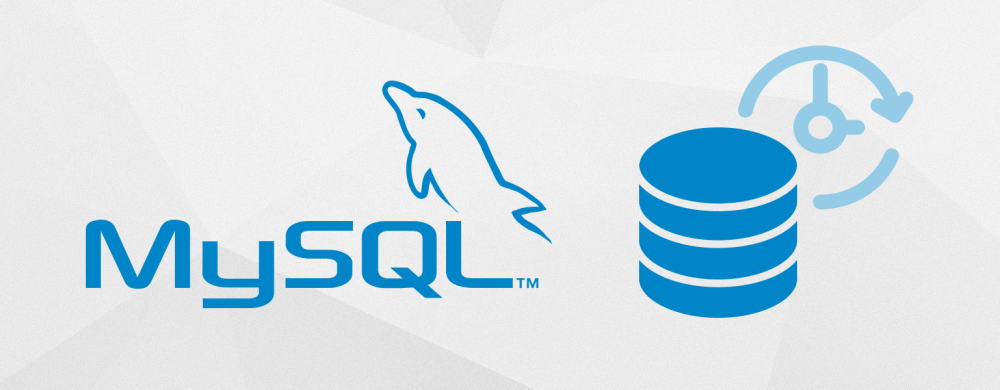Apache Tomcat Installation on Linux (RHEL 7 and Centos 7) in Highly Secure Mode
Apache Tomcat often referred to as Tomcat Server, is an open-source Java Servlet Container developed by the Apache Software Foundation (ASF). Tomcat Installation on Linux is very easy and quick .
- Set hostname of Linux machine as per your requirement like we are setting below:
[root@node27 ~]# hostnamectl set-hostname jenkins.dockerhunt.com- Set IP mapping of your machine hostname in /etc/hosts:
root@node27 ~]# echo 192.168.43.27 jenkins.dockerhunt.com jenkins >> /etc/hosts- Setting JAVA:
1: Download latest stable JDK and extract
[root@node27 ~]# tar -xvf jre-8u121-linux-x64.tar.gz2: Create directory for java
[root@node27 ~]# mkdir /usr/java3: Move Java folder in to /usr/java
[root@node27 ~]# mv jre1.8.0_121 /usr/java/4: Export Java home and bin like below,
[root@node27 ~]# export JAVA_HOME=/usr/java/jre1.8.0_121
[root@node27 ~]# export PATH=$PATH:$JAVA_HOME/bin/5: Check Java version,
[root@node27 bin]# java -version
java version "1.8.0_121"
Java(TM) SE Runtime Environment (build 1.8.0_121-b13
Java HotSpot(TM) 64-Bit Server VM (build 25.121-b13, mixed mode)- Setting up tomcat:
1: Download latest stable tomcat zip file and unzip it
[root@node27 ~]# unzip apache-tomcat-7.0.76.zip2: Create tomcat user and group
[root@node27 ~]# groupadd tomcat
[root@node27 ~]# sudo useradd -M -s /bin/nologin -g tomcat -d /opt/tomcat tomcat3: Create tomcat home directory
[root@node27 ~]# mkdir /opt/tomcat4: Move tomcat file into tomcat home
[root@node27 ~]# mv apache-tomcat-7.0.76/* /opt/tomcat/5: Setup required file and directory permission on tomcat file
[root@node27 ~]# chgrp -R tomcat /opt/tomcat
[root@node27 ~]# chmod -R g+r /opt/tomcat/conf
[root@node27 ~]# chmod g+x /opt/tomcat/
[root@node27 ~]# chmod g+x /opt/tomcat/bin/*
[root@node27 ~]# chmod -R g+w /opt/tomcat/logs
[root@node27 ~]# chmod -R g+w /opt/tomcat/webapps/
[root@node27 ~]# chmod -R g+w /opt/tomcat/work/
[root@node27 ~]# chmod -R g+w /opt/tomcat/temp/6: Create systemd service file for tomcat
vi /etc/systemd/system/tomcat.service
# Systemd unit file for tomcat
[Unit]
Description=Apache Tomcat Web Application Container
After=syslog.target network.target
[Service]
Type=forking
Environment=JAVA_HOME=/usr/java/jre1.8.0_121
Environment=CATALINA_PID=/opt/tomcat/temp/tomcat.pid
Environment=CATALINA_HOME=/opt/tomcat
Environment=CATALINA_BASE=/opt/tomcat
Environment='CATALINA_OPTS=-Xms512M -Xmx1024M -server -XX:+UseParallelGC'
Environment='JAVA_OPTS=-Djava.awt.headless=true -Djava.security.egd=file:/dev/./urandom'
ExecStart=/opt/tomcat/bin/startup.sh
ExecStop=/bin/kill -15 $MAINPID
User=tomcat
Group=tomcat
UMask=0007
RestartSec=10
Restart=always
[Install]
WantedBy=multi-user.target
7: Start tomcat service
[root@node27 ~]# systemctl start tomcat8: Check tomcat service status
[root@node27 ~]# systemctl status tomcat
● tomcat.service - Apache Tomcat Web Application Container
Loaded: loaded (/etc/systemd/system/tomcat.service; disabled; vendor preset: disabled)
Active: active (running) since Fri 2017-03-24 00:56:17 IST; 35s ago
Process: 12259 ExecStart=/opt/tomcat/bin/startup.sh (code=exited, status=0/SUCCESS)
Main PID: 12266 (java)
CGroup: /system.slice/tomcat.service
└─12266 /usr/java/jre1.8.0_121/bin/java -Djava.util.logging.config.file=/opt/tomcat/conf/logging.properties -Djava.util.l...
9: Enable tomcat service on system startup
[root@node27 tomcat]# systemctl enable tomcat




One thought on “Tomcat Installation on Linux RHEL and Centos 7”
good for learner not advance level administrator please customize more and add login portal and management view.